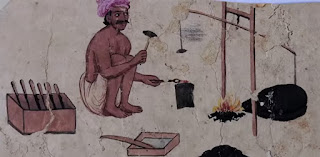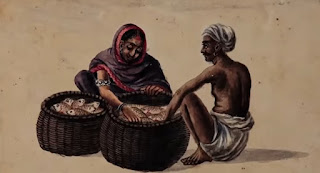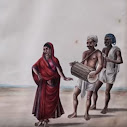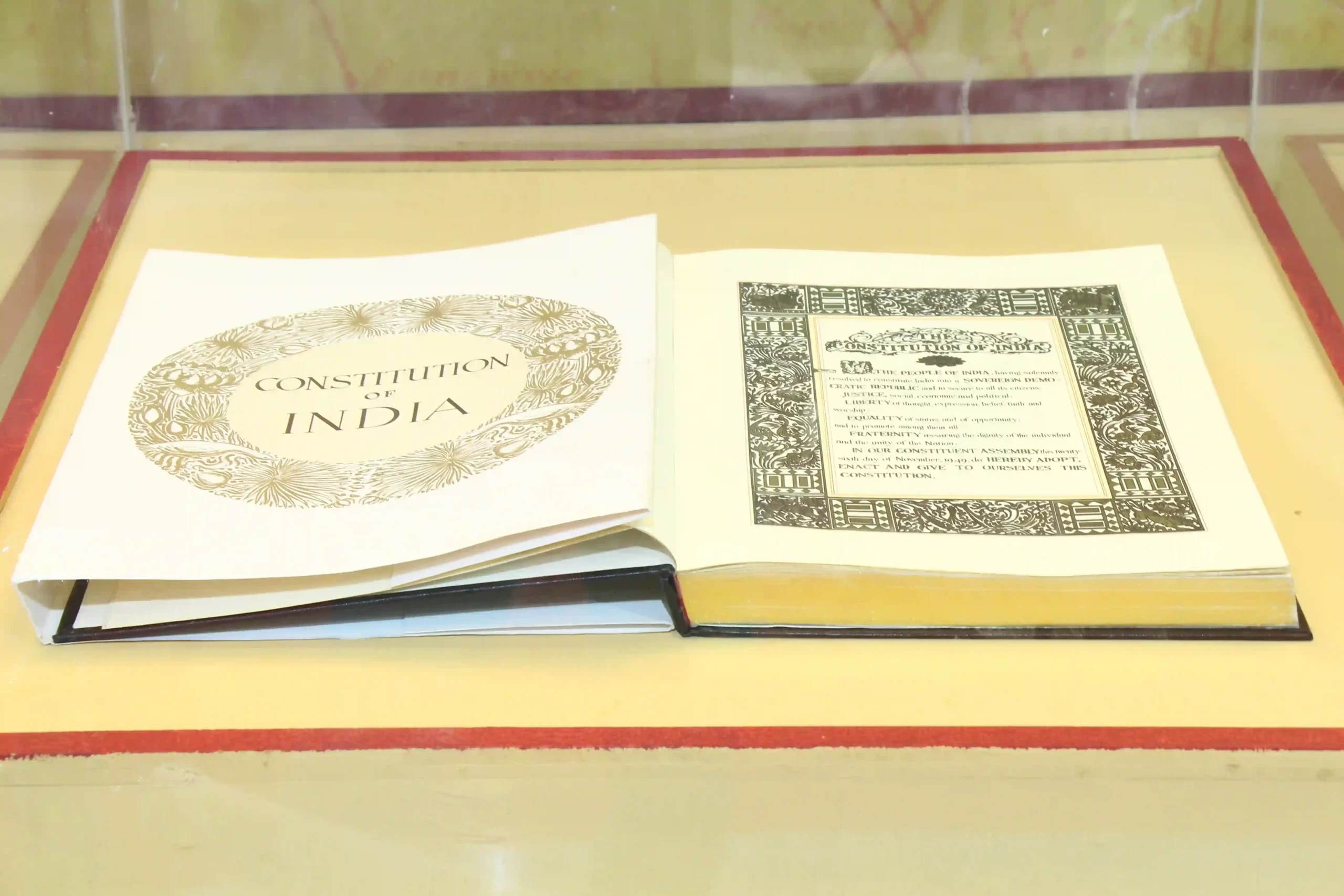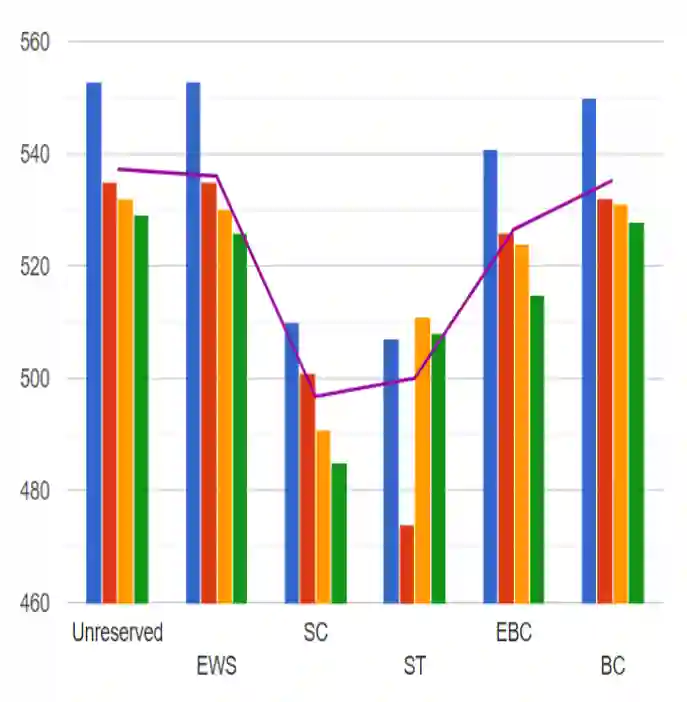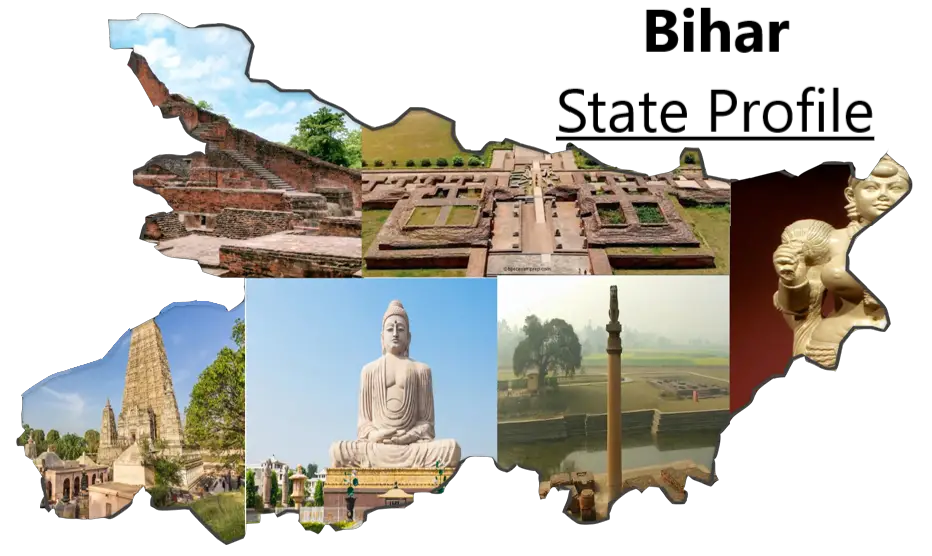Brief History of Patna Kalam:
The first indirect reference to Patna Kalam came in E.B. Havell’s book Indian Sculpture and Painting. But he had made no reference to Patna painters. The first academic reference to the Patna Kalam paintings was made by Percy Brown in his book Indian Painting under the Mughals. Later, references also appeared in N.C. Mehta’s Studies in Indian Painting and Rai Krishna Das’s Bharat Ki Chitrakala. Most of the recorded history of the evolution of Patna Kalam is based on the oral accounts of Ishwari Prasad recorded by P.C. Manuk and Mildred Archer.
According to Professor Ishwari Prasad’s account, it has been recorded that Patna Kalam artists were descendants of the Mughal artists. The decline of the Mughals forced the artists based in Mughal workshops to different parts of India in search of new patrons. The artists trace their origins from Rajasthan from where they moved to Delhi and worked in Mughal ateliers before migrating to Murshidabad.
The migration to Murshidabad seems to have taken place around 1730. Murshidabad during those days was becoming the commercial hub of Eastern India. It commanded Cossimbazar and the line of trade by which the wealth of India was flowing to European settlements on the Hooghly. Therefore, it seemed a lucrative centre that attracted artists. The artists settled down in a place called Balu Chak on the banks the river Ganga. They took the task of decorating the walls of the Nawab’s palace, decorate sheets of mica for Muharram procession and painted portraits both for Indian and European colonies settled in the town. Most of the stylistic characteristics used by Patna Kalam artists seem to have evolved here.
For thirty years (1730 to 1760), Murshidabad provided them assured income and materials for their work, but about 1750 conditions started to change. In 1757 Nawab Mir Zaffar succeeded to the Bengal Nizamat, and placed his son, Miran alias, Mohamed Sadiq Khan, in charge of the revenue collection of Bengal, Bihar and Orissa. Miran was an able but ruthless administrator. Probably with the minor reign of terror inaugurated by Miran, the final migration to Patna took place in 1760. Apart from Murshidabad, there might have been several streams of artists flocking to Patna at different periods of time from different places. This group of migrants laid the foundation of what is now known as the Patna Kalam paintings.
Evolution of Patna Kalam:
The history of the evolution of Patna Kalam dates from the ascendancy of East India Company’s activities in Patna. During the late 18th century, Patna was a prosperous city. Factories, military and provincial civil stations, sprawling bungalows and new colonies emerged alongside old settlements giving an entirely new face to the city. It was this new look of Patna which came to be captured by the master artists who established their workshops in Patna city.
This artist group came and settled in the localities of Patna City namely Macchharhtta, Lodi Katra Chowk and Deewan Mohalla. The artist began creating portraits according to the taste of local kings, nawabs, landlords, officers, businessmen and the soldiers.
The Patna Kalam painting flourished in Patna from approximately 1760 to the early years of 20th century. Some of the famous artists of Patna Kalam were Sewak Ram, Shiva Lal, Shiva Dayal Lal, Hulas Lal, Bani Lal, Jairam Das, Jhumak Lal, Nityanand Lal, Tunni Lal, Mahadeo Lal, Shyam Bihari Lal, Fakir Chand, Radha Mohan Babu, Iswari Prasad Verma are names to few.
In Patna Kalam the works of some female painters have also been discussed. Daksho Bibi and Sona Bibi amongst them are well known for their prominent works.
According to Mildred Archer, Sewak Ram’s paintings represents the earliest phase of Patna school of paintings between 1805 to 1815. However, the most prominent artist of the Patna school was Shiva Lal. From 1815 to 1840, the popularity of Patna paintings rapidly increased. By the year 1820, Patna Kalam had acquired its special characteristics under the influence of local patrons. From 1821 to 1831, a new phase starts in the history of evolution of Patna Kalam with the arrival of Europeans. Works produced around this time suggest how artists learnt the art under them. Another development also took place around this time as Patna Kalam artists also learnt the art of Portraiture in ivory and watercolour.
.jpg) |
| Shiva Dayal Lal, Women Selling Produce, c. 1850, opaque watercolour on paper, Patna (Victoria and Albert Museum, London) |
Salient features of Patna Kalam:
The Patna Kalam art form is an amalgamation of the Mughal and the European art. This can be seen as the indigenous artists incorporated European techniques of portraiture and foreshadowing within Mughal miniatures style to produce a hybrid Indo-European school of painting.
 |
| Head and Shoulders Portrait of an Indian lady (1850)V&A Museum |
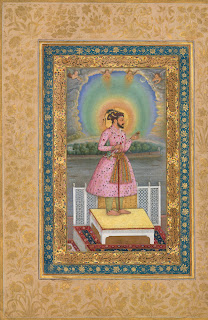 |
Mughal Painting of Shahjahan
|
■ Detailed and delicate brushwork:
The artist of this style used to create their own brushes. For this, the artists used squirrel or horses hairs boiled in water tied to eagle or pigeon feathers thereby creating brushes of the required thickness. One amazing fact about the artists of Patna Kalam is that sometimes they used just a single hair for strokes in their creations.
The artists rarely used pencil to delineate the figures before applying the brush. They painted their figures with the brush straightway, a technique known as Kajli Seahi (black ink).
■ Artists prepared their own colours:
Artists prepared their own colours to paint. Mostly mineral and or natural mediums were used. Some colours were prepared from juices of fruits, flowers and barks of tree trunks.
The Yellow colour was prepared by rubbing the Hartaal stone, Blue from Lapis Lazuli, Pink from Shellac, Magenta from the roots of a tree, Green from a mixture of Gamboge and Neel (Indigo), Geru (Indian brick red) from red earth found near Kanpur, White from a particular kind of earth from Kashgar, Black from lamp black Gold and Silver colour was prepared from Gold and Silver leaf beaten fine and mixed with honey and stirred for a long time till done. The colours were mixed with glue from the acacia tree (Gum Arabic) to create the final colour.
■ Continuous process of painting:
The artists mostly worked behind creating colours in the monsoon. The main reason behind this was to avoid the dust particles. The colours were mixed mainly in the mornings.
During the summers, the paintings were sprayed with goat’s milk, dried and preserved. The application of colours on the paintings was done during the winter.
■ Use of shadows:
Artists of this style used cardamom seeds and slanting brush strokes to create the effects of lights and shadows.
■ Use of stippling to give a print effect:
Artists of Patna Kalam showed their remarkable talent by combining dots (stippling) of different colours to create paintings. In Mughal times the Patna artists used the Chataiyal style of stippling. Later, in Murshidabad they had used Dimki, but now in Patna they used Java stippling (like barley grains).
 |
| Chataiyal style |
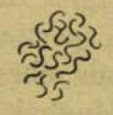 |
| Dimki stippling |
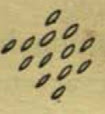 |
| Java stippling |
■ Usually lacked backgrounds and borders:
The Patna Kalam paintings usually lacked backgrounds and borders. The reason behind this was the patrons of Patna paintings were mostly Europeans, who were paying native artists for their paintings to focus on the native subjects and their daily lives; they were not interested in decorative elements such as backgrounds and borders, hence to in a bid save money and time, the Patna artists did away with it.
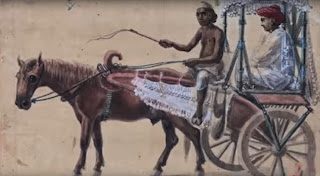 |
| Sewak Ram (c.1770 -c.1830) Pony and Trap, c.1810 |
But there are some paintings in Patna Kalam that have borders which are glistening because silver has been used.
■ Depiction of common masses:
It was the for the first time in the history of fine arts when the Patna Kalam showcased the life of commons instead of the royals, prospered and reached its pinnacle.
The depiction of a blacksmith working up his furnace, kite maker, fish seller, drummer, coppersmith, weddings, festivals, local congregations, haat markets distinguish this style of art from the other styles.
■ Unique facial features:
The facial features of the figures in these paintings were very distinct, as they have pointed nose; dense eyebrows; skinny faces; sunken-staring eyes; and prominent moustaches in the male figures.
■ Paintings were rendered on different mediums
Most of the Patna Kalam paintings were made on Wasli sheet, as during those days paper was expensive as well as a rare thing, but as Nepal is near to Bihar, Patna artists could manage to get rice paper from there. After procuring the sheets, artists use to paste them together with an adhesive made of cooked wheat and rubbed the surface so to smoothen it, which were known as wasli sheets.
The artists not only confined to Wasli paper, but also tried their hands on Mica, Ivory and fabrics such as Silk and Tant clothes.
 |
| Patna Kalam on Ivory |
 |
| Patna Kalam on silk |
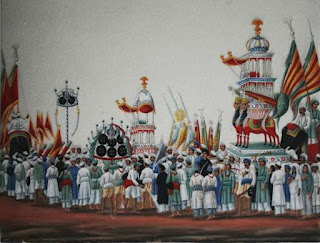 |
| Patna Kalam on Mica – Muharram festival |
Decline of Patna Kalam:
The following reasons contributed to the decline of Patna Kalam paintings:
■ Establishment of lithographic press affected the artists:
Incidentally, the first lithographic press in inland India was the one set-up by the Patna opium agent, Charles D’Oyly, in 1826. With the coming of litho press, it started painting copies of Patna Kalam to fulfil its demand in foreign. This eventually affected the Patna Kalam artists.
■ Advent of photography
The invention of photographic cameras also had an adverse effect on the artists. Now people preferred to buy print copies instead of homemade paintings of Patna kalam. This led the painters unable to compete with the technology which finally made its decline.
■ Reduced demand:
From 1860 to the last quarter of the century, the influx of westerners seems to have been less and no new changes were introduced in the art. Later days saw very less incoming and outgoing of foreign tourists and businessmen.
■ Lack of scholarly attention and patronage
Despite its importance as an important source for recording the cultural history of Patna in the 18th and 19th century, Patna Kalam paintings have not received adequate scholarly attention and patronage after independence.
The Patna Kalam born on the lands of Patna has seen both golden and dark periods. The prospering Patna Kalam (1760-1950) AD finally died with the demise of the last artist of its era Iswari Prasad Verma. After the late Verma, some artists practised this style of art but failed to make an established name for themselves.
The Patna Kalam style of art can still be seen in the Patna Museum (Patna), Jalan Museum (Patna City), Chaitanya Library (Gaighat, Patna), Khuda Baksh Oriental Library (Ashok Rajpath, Patna), Bihar State Art Gallery, University of Architecture (Patna Campus), the National Museum (Kolkata), Victoria Palace (Kolkata) and Victoria Albert Museum (London).
From earning a reputation for producing firka sets (occupations), scenes of festivals and local life, Patna Kalam paintings represented a unique phase in South Asia’s pictorial tradition. The visual imagery created by Kalam artists are a valuable source for a historian as they throw light on the contemporary socio-economic and cultural history of Patna which ultimately speaks volumes of the golden past of art skills in Bihar and showcases the same in front of the global community.
■ References:
- E.B. Havell, Indian Sculpture and Painting, London, 1908
- Percy Brown, Indian Painting under the Mughals, Oxford, 1924
- N.C. Mehta, Studies in Indian Painting, Bombay, 1926
- Rai Krishna Das, Bharat ki Chitrakala, Kashi, 1940
- P.C. Manuk, The Patna School of Painting, Journal of the Bihar Research Society
- Mildred Archer, Patna Painting, London, 1948
- Rekha, Neel, The Patna School of Painting: A Brief History (1760-1880). Proceedings of the Indian History Congress, vol. 72, 2011, pp. 997–1007.
- Ulrike Stark, An Empire of Books
- Paintings from British Library and Victoria and Albert Museum


